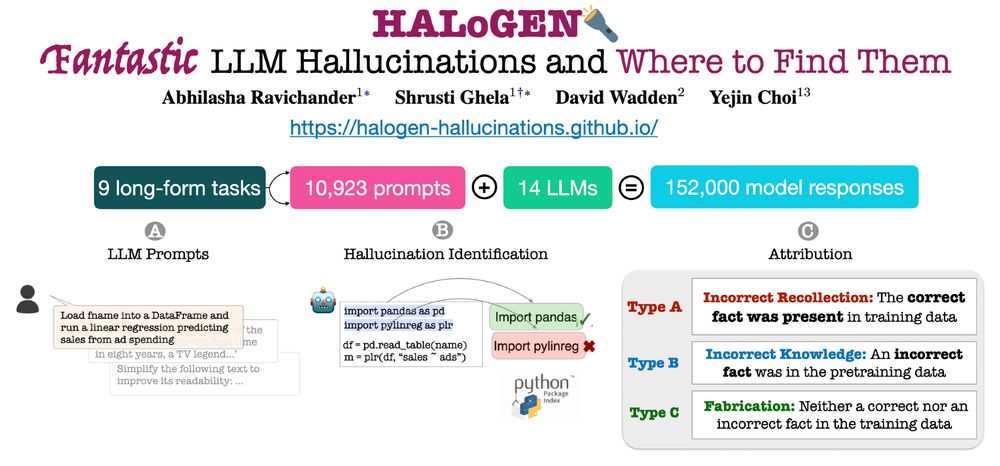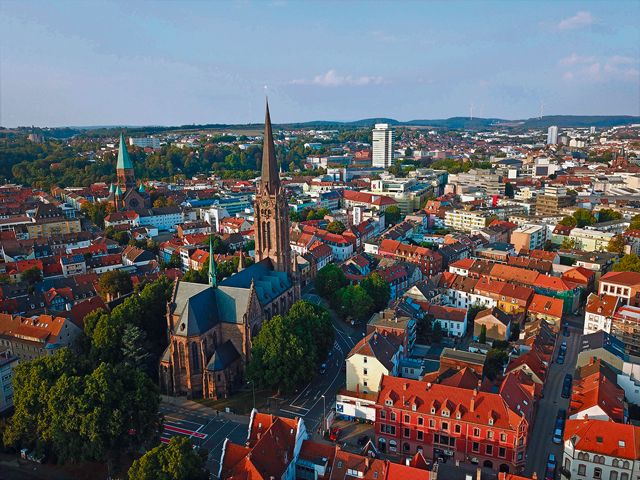Maria Ryskina
@mryskina.bsky.social
74 followers
120 following
15 posts
Postdoc @vectorinstitute.ai | organizer @queerinai.com | previously MIT, CMU LTI | 🐀 rodent enthusiast | she/they
🌐 https://ryskina.github.io/
Posts
Media
Videos
Starter Packs
Pinned
Reposted by Maria Ryskina
Reposted by Maria Ryskina
Reposted by Maria Ryskina
Reposted by Maria Ryskina
Reposted by Maria Ryskina
Reposted by Maria Ryskina
Abhilasha Ravichander
@lasha.bsky.social
· Jul 30
Reposted by Maria Ryskina
















